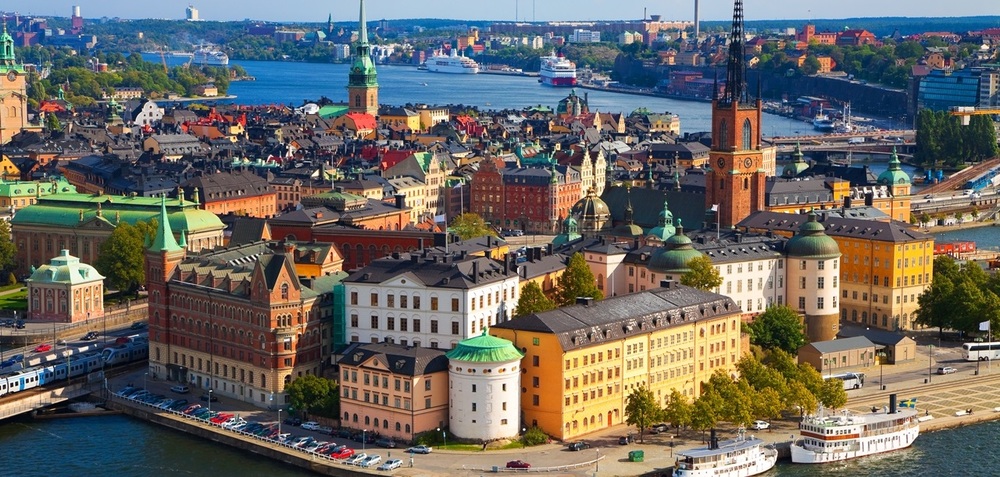Cities around the world, facing the same rail capacity challenges we do, have recognized the compelling advantages of run-through versus stub-end rail operations, and have either already linked their downtown terminals or are the process of doing so, thereby improving not just capacity, but operational efficiency and convenience, and opening valuable urban land for higher uses.
Boston was one of the first cities to recognize the value of a unified rail system, but while we have dithered, other cities have moved forward. In every case, they have faced challenges, because these are never simple projects. But in case after case, they have achieved what we have not
While no two projects are exactly alike, there are many common themes and challenges. Many projects similar in scope and complexity to our own NSRL have been completed at costs far lower than has been quoted here in Boston, despite typically higher construction costs in several of these cities.
Scope and Cost Comparison for Comparable Projects
Click on items below for photos and drawings.
| city / project / date | scope & construction methods | cost (USD) |
|---|---|---|
| Zurich, Switzerland Durchmesserlinie 2007 - 2015 |
|
$2.1 Billion |
| Malmo, Sweden Citytunneln 2005 - 2010 |
|
$1.0 Billion |
| Leipzig, Germany City-Tunnel 2003 – 2013 |
|
$1.03 Billion |
| Stockholm, Sweden Citybanan 2007 - 2017 |
|
$1.97 Billion |
| Ottawa, Canada Confederation Line 2013 – 2018 |
|
$1.6 Billion |
| Gothenburg, Sweden Vastlanken 2015 - 2025 |
|
$2.3 Billion |
| London, UK CrossRail 2008 - 2019 |
|
$22.4 Billion |
| London, UK Jubilee Line Extension 1993-1999 |
|
$7.1 Billion |
| Oslo, Norway Oslo-Ski Follobanen Link 2015 - 2021 |
|
$2.35 Billion |
| New York City, USA East Side Access 2001 - 2023 |
|
$10.8 Billion |
| Philadelphia, USA Center City Commuter Connection 1978-1984 |
|
$330 Million |
| Cambridge, USA Red Line Extension 1978 - 1985 |
|
$1.61 Billion (2016 dollars) |
| Boston, USA North South Rail Link 2018 - 2025? |
|
TBD |













![View of Boston showing the alignment of the rail link in Red [Satellite IMAGE SOURCE: Google Earth]](http://static1.squarespace.com/static/561e6ed5e4b039248a6a94aa/t/5647451ce4b0e2033a3f4ce5/1447511326420/)